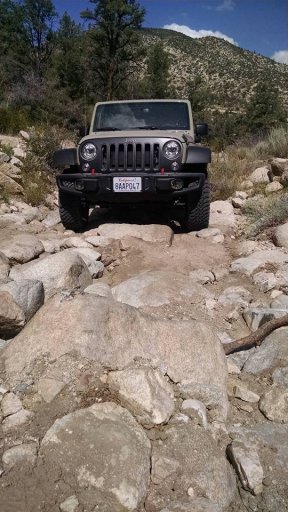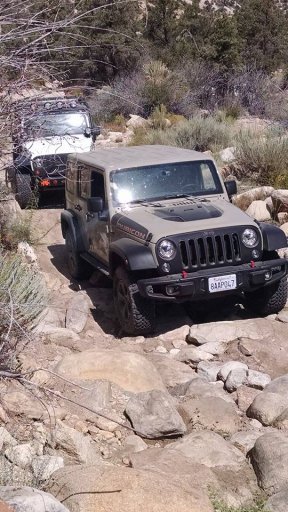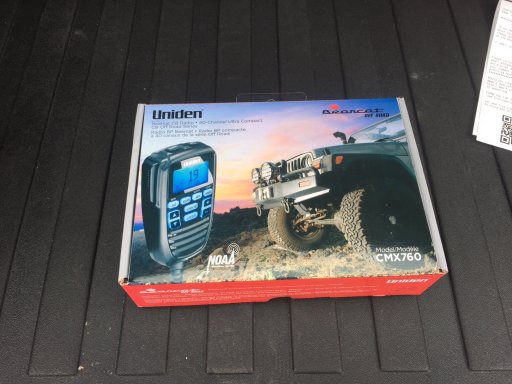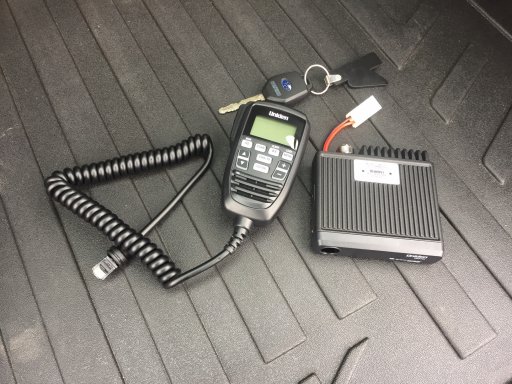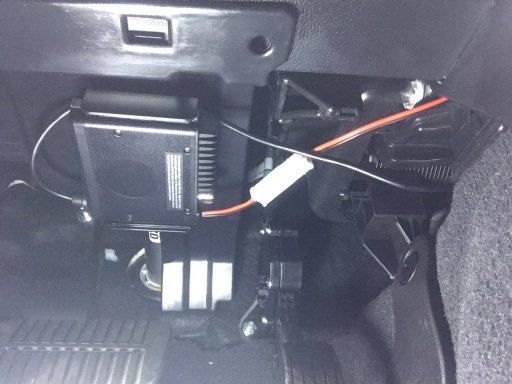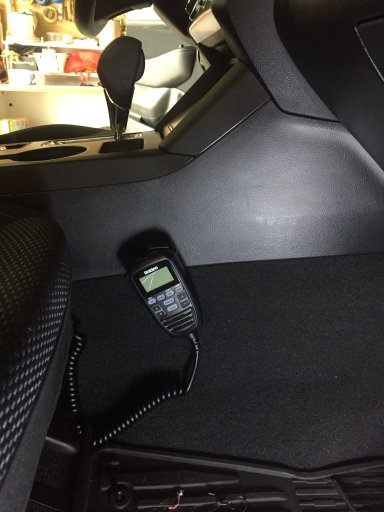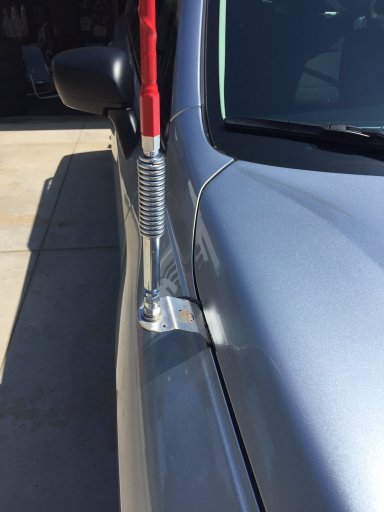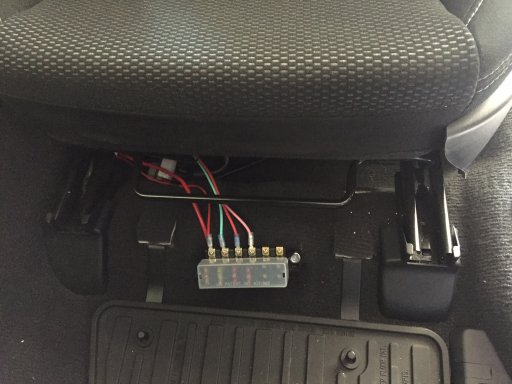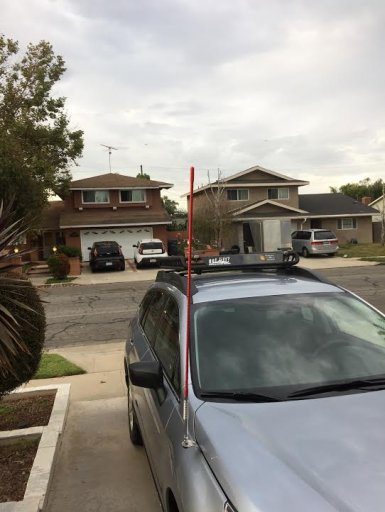I am a newbie, meaning I have not worked on my trucks (GMC 1976 4x4 and Toyota 4x4) except to change my own oil, fluids and clean my battery cables. Then I owned a van for over 10 years....I couldnt even squeeze my hand into the hood.
Now I own a Jeep and want to learn LITERALLY EVERYTHING I can....
So my first question is:
It came with a jack (neatly packaged up) in the compartment in the floor of the back...is that going to work or do I need those really long ones Ive seen. She doesnt have stock tires, but I dont think they are giants either...its labeled in a system I dont know. Im imagining they might be about 32"?
Trying to access what the most important needs are, and making my list.
Anything else you think is a MUST HAVE for overlanding? (I wont be bouldering until I have a lot more experience) :)
2017 Rubicon Ricon
Now I own a Jeep and want to learn LITERALLY EVERYTHING I can....
So my first question is:
It came with a jack (neatly packaged up) in the compartment in the floor of the back...is that going to work or do I need those really long ones Ive seen. She doesnt have stock tires, but I dont think they are giants either...its labeled in a system I dont know. Im imagining they might be about 32"?
Trying to access what the most important needs are, and making my list.
Anything else you think is a MUST HAVE for overlanding? (I wont be bouldering until I have a lot more experience) :)
2017 Rubicon Ricon






